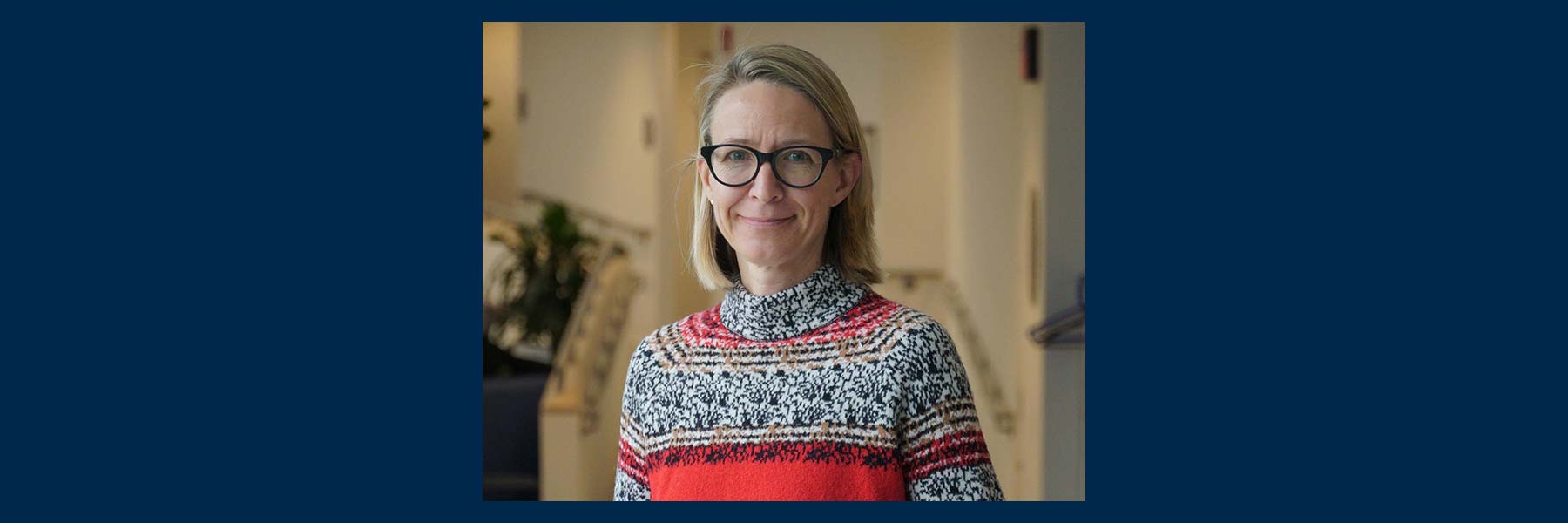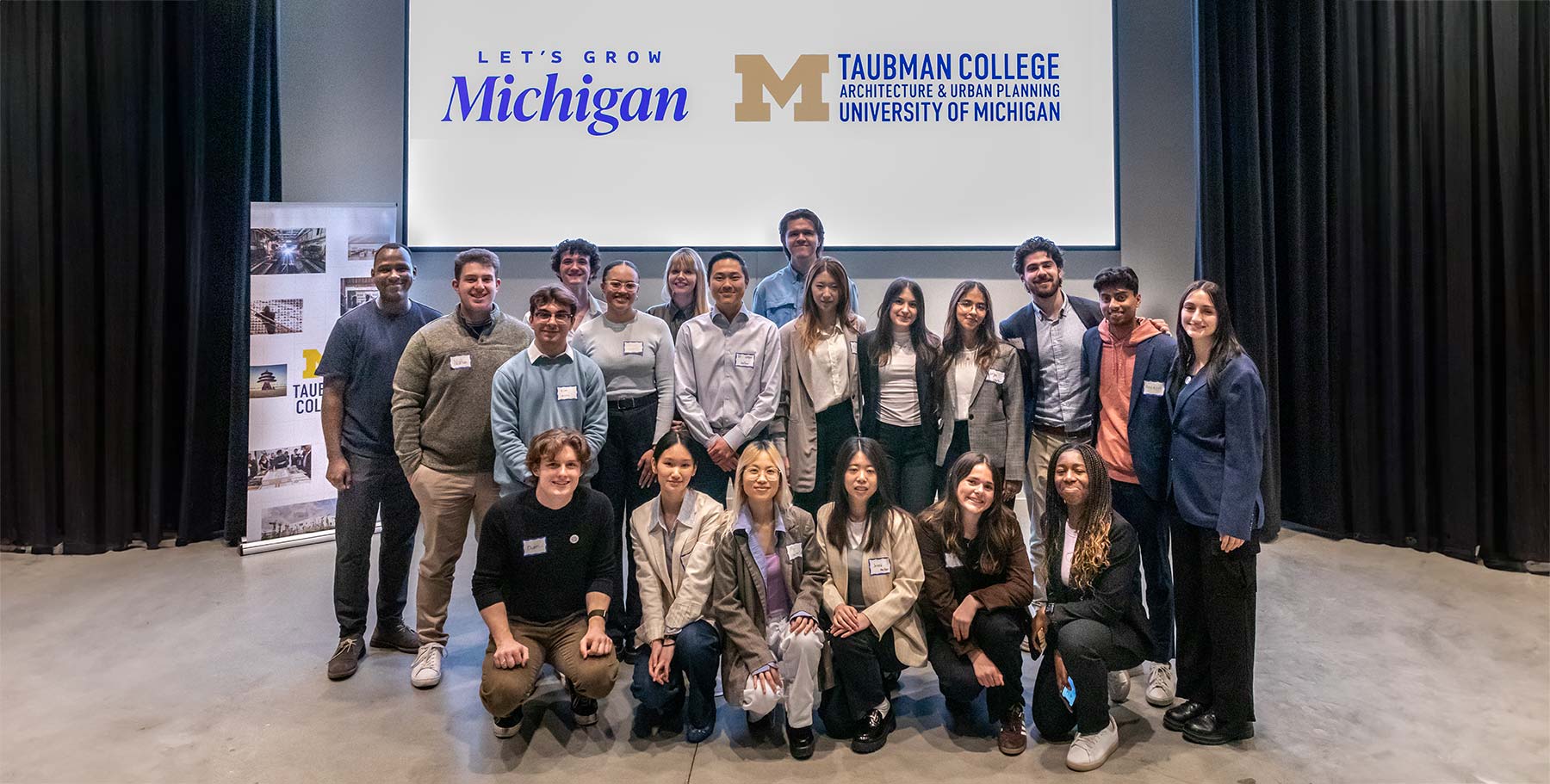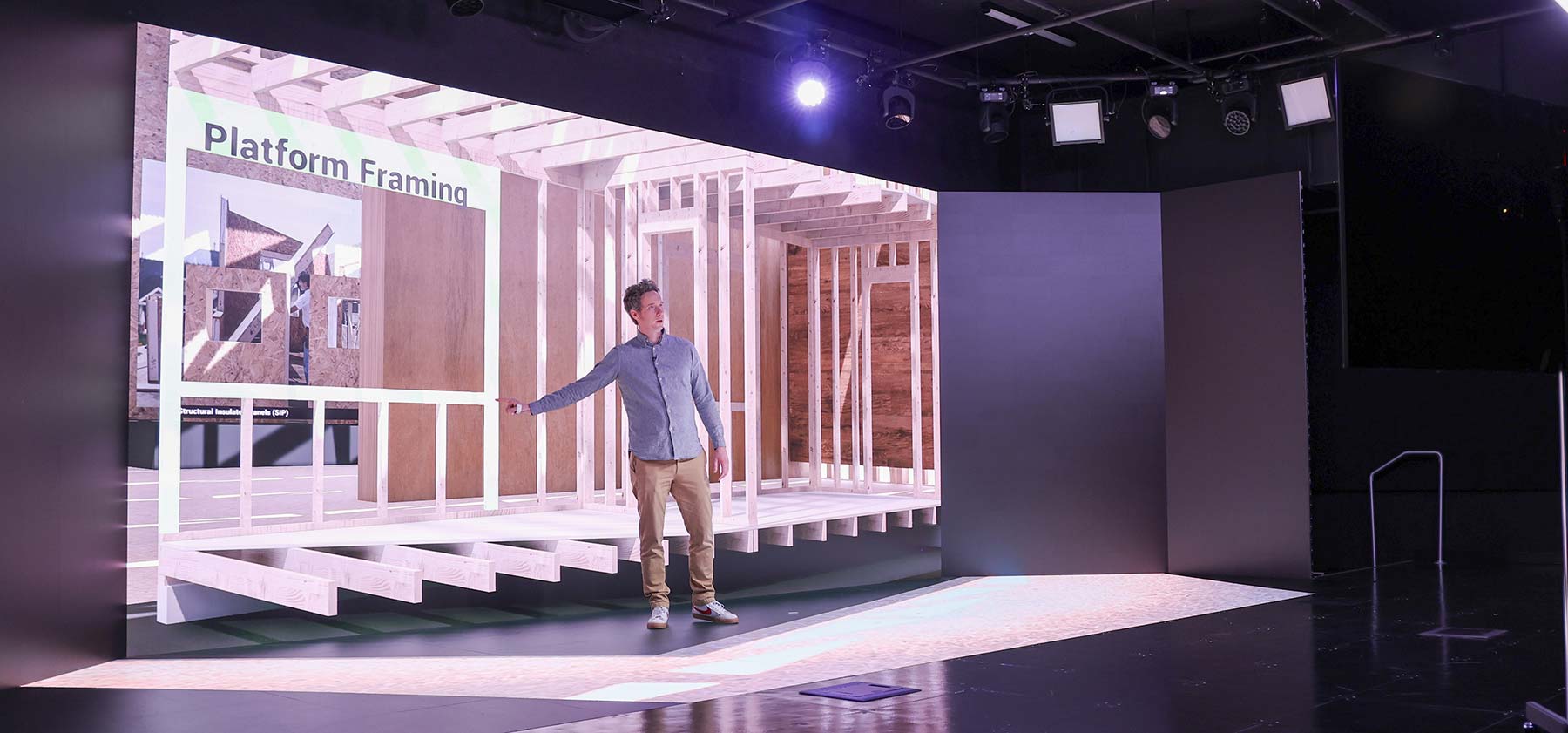Associate Professor Geoffrey Thün and Assistant Professor Kathy Velikov are pleased to announce the opening of an international travelling exhibition of their research on megaregional systems and speculative design proposals for the Great Lakes Megaregion entitled “InfraEcoLogi urbanism(e)” that will open at the Centre de Design at the Université du Québec à Montréal on Wednesday February 6th. The opening will be complimented by a public lecture on Feb. 7th and a week-long guest scholar workshop focused on the integration of network analysis and strategic projection with UQAM Master in Environmental Design students. The show will also constitute part of UQAM’s contribution to the Nuit Blanche festival in Montréal that will run from February 21 through March 3 2013.
For more information about the exhibition and related events at the Centre de Design, visit: centrededesign.com
InfraEcoLogi Urbanism is the result of a three year program of design research that sought to reconceptualize the boundary of the Great Lakes Megaregion (GLM), examine the metabolic material and non-material flows present within this territory through a range of lenses to expose the economic, energetic, mobility, technological, aqueous, atmospheric and intellectual exchanges that constitute various ‘ecologies’ present within the region. Within this field, their work positions design as an agent capable of producing significant change through interventions within its constituent systems, structures and sheds that constitute both geospatialized systems and actor networks. the design manifesto leverages the anticipated yield of near future renewable energy towards alternate social ends and imagines the future of urban centers and peripheries through this lens. In this détournement, a new infrastructural network is knit within current systems, linking grid-tied high-speed rail, environmental remediation and emerging industry sectors, while staging a series of urban-scaled architectural artifacts designed to organize flows and house new public megaregional institutions. The proposal begins with a restructuring of the highway’s constituent DNA from a simple, single-purpose and single-access surface to an intelligent network of bundled modes of mobility, energy and services. This viaduct is networked with other local and international systems of conveyance, transit and transport, forming an open and interconnected corridor. Situated as a fragmentary urban utopia, infrastructure is appropriated for social and inclusive ends, bringing together diverse populations of individuals to constitute a megaregional public from which alternative political and architectural formations emerge. To illustrate the potential of this re-tooled, bundled network, three major points of intervention are explored at an architectural scale in Chicago, Detroit-Windsor and Toronto.
During the course of its development, fragments of the he design research of InfraEcoLogi Urbansim has been published in a in range of journals including FUEL (2008), New Geographies II (2009), MONU (2011) and Volume (2012), and for the first time is assembled in its totality for this travelling exhibition.
The exhibition of InfraEcoLogi Urbanism(e) has been supported through major funding via a (2009-2012) Research/Creation grant from the Social Science and Humanities Council of Canada (SSHRC), and subsequent support for the exhibition preparation from the University of Michigan OVPR Artistic Productions and Presentations program, the Université du Québec à Montréal The Ryerson University, and the University of Waterloo.




